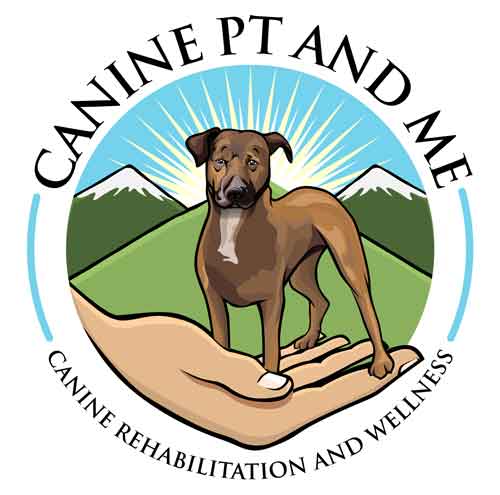Did you know that a lot of dogs are scared or hesitant to use the therapy equipment? Some dogs have had troubled pasts and they struggle with confidence in new situations. The beauty of treating these shy pups every week is that we are able to build trust and an increased sense of self-assurance. By encouraging the dog to touch or sniff the equipment is the first step in building certainty and trust.

If our patient is skeptical of a piece of equipment, we do not force them to use it. We slowly work up to it in order to maintain that bond with the dog. By forcing a dog to do something that it does not want can have detrimental effects for the dog and the practitioner. This is partially why we start with less intimidating equipment before advancing to more challenging things.
Body Language and Confidence
Another way to build confidence for the dog is the use of the practitioner’s body language. As we are reading the dog’s signs and signals, they are equally reading our body language and behaviors. For example, if the therapist is leaning over top of the dog, that can appear intimidating. In this situation, the dog is less likely to interact. However, if the therapist moves their body to be more in front of the dog and stand upright or kneel down, the dog is more likely to approach.
Food and Behaviors
Food or treats are usually a safe gesture for the pup to help build confidence. Once the dog places a paw on the piece of equipment or actually performs the exercise that you are asking of them, rewarding with praise and treats encourages the dog that it is okay to repeat that action. Finding a word such as “yes” and marking the behavior with that word and a treat builds trust and confidence too.
Throughout the course of therapy, we see a drastic positive change for many dogs. They slowly “come out of their shell” and generally find it fun to do the exercises. Being rewarded with treats when they do something correctly helps them engage more. Taking all of these things into consideration during each treatment session makes the therapeutic experience that much better for the dog and the owner. By the end of rehab (usually within the first few sessions), the pup is looking forward to their session and are excited to learn more. If you have a shy or fearful pup that needs rehab help, please reach out to your local canine rehab therapist. We would love to work with you and your four-legged friend to get them back to their activities in addition to building their confidence.
